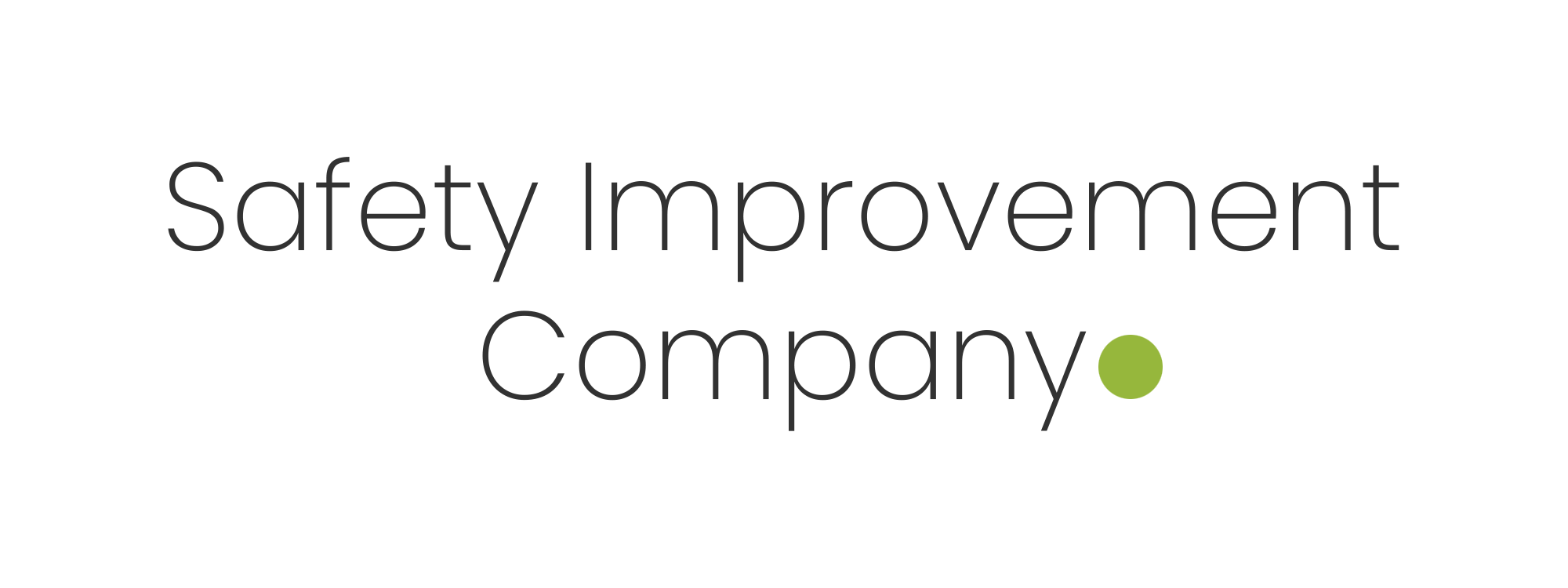Assessing safety culture starts with a baseline measurement. With this baseline report, a company gains insight into the characteristics of the safety culture. Set against the ambition level of the organization with regard to safety, a picture emerges of what goes well and what can be improved.
For assessing safety / culture we use two methods:
Method 1:
E.g. the safety ladder. This method is derived from the Hearts and Minds methodology and describes how to deal with safety on the basis of a number of themes such as policy, goals, leadership, etc. Per theme it is indicated at which level this functions (reactive, calculative, proactive or generative) and advice is given for improvement. Safety Improvement Company is knowledge partner of the NEN and is therefore involved in the further development of the safety ladder. In addition, some of our employees have been involved in the development of the safety ladder and similar instruments since 2010.
The application of the safety ladder gives an overall picture of how the organization deals with safety, the perception of the employees about the safety level. To get a complete picture, we also recommend conducting research into the shared beliefs, values and behavioral patterns, see below
Method 2:
Research on values. This research describes the shared beliefs, shared values and behavioral patterns of the organization. This research provides an answer to which behavioral patterns are dominant and through which they are maintained. This information is crucial when organizing the interventions (workshops, games, etc.).
Figure 1 below. Graphically shows the difference between these two methods. The top of iceberg (safety climate) concerns the research with the aid of a safety ladder, the bottom of iceberg (safety culture) relates to the research into the shared beliefs, shared values and behavioral patterns
figuur1
… read more about improving the safety culture.

